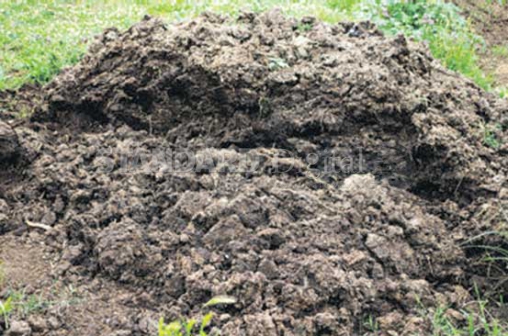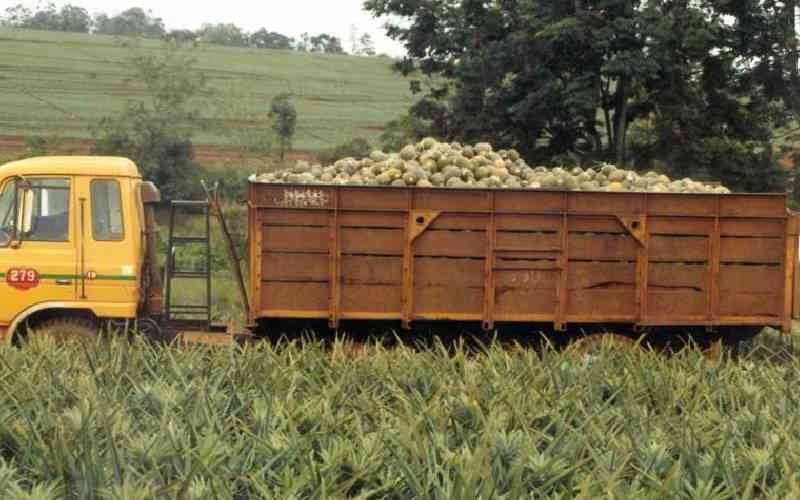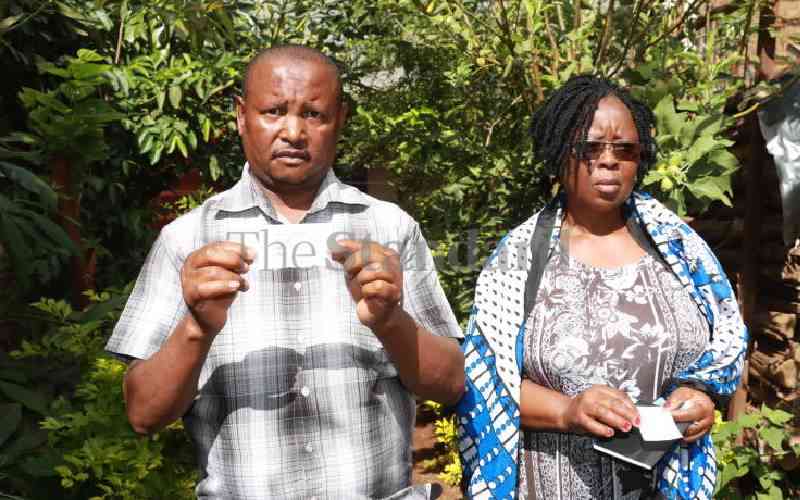
There are lots of good reasons to compost. Save money, save resources, improve soil and reduce impact on the environment.
Regardless of your reasons, composting is a win/win scenario. Good for you and good for the environment.
Adding compost to your garden will not only fertilise, it actually feeds your soil with a variety of nutrients and microorganisms that improve plant growth.
It is mild, slow release, natural fertiliser that don’t burn plants. Chemical fertilisers on the other hand provide a quick burst of a limited number of nutrients that can wash away into our rivers and streams.
Compost also increases soil stability, improves drainage and helps retain soil moisture.
Composting at home is relatively easy, even for those who may be unfamiliar with the process. All it takes is a little time, effort and patience. You can compost in your backyard and in your home.
The site
It is important that the site is not subjected to extremes of temperature and moisture, as the microorganisms that convert the waste to compost work best in constant conditions. It is often convenient to use a shady area of the garden.
An earth base allows drainage and access to soil organisms, but if you have to compost on a hard surface, then add some soil to the compost bin.
You are obviously going to need some sort of starting material, typically a ‘waste’ of some sort. For a typical home owner, this could include fallen leaves, grass clippings, yard and garden waste, kitchen scraps, paper etc. You may also include manure, which is an excellent starting material for composting.
There are two very important elements a farmer needs to consider when deciding on what materials to use - Carbon (C) and Nitrogen (N).
Specifically, it is important to consider the ratio of these two elements simply known as Carbon to Nitrogen ratio (C:N). The ideal C:N ratio for composting is somewhere in a range of 20:1 to 40:1.
Carbon rich materials include fall leaves, straw, cardboard, papers, peat moss, wood chips/saw dust.
Nitrogen rich materials include manure, fresh grass clippings, green yard waste and kitchen waste (with exceptions).
Stay informed. Subscribe to our newsletter
It is important to realise that even the N-rich materials have lots of carbon and C-rich materials will have some nitrogen as well, so you certainly won’t need 20-40 times more of fall leaves than grass clippings for example.
A reasonable rule of thumb would be to use about twice as much C-rich material as N-rich material.
In a nutshell, there are no hard and fast rules for composting.
The best way to see what works best is simply to start experimenting yourself.
For piles that have mostly brown material (dead leaves), try adding a handful of commercial fertiliser (urea) to supply nitrogen and speed the compost process. Moisture is important to support the composting process.
Compost should be comparable to the wetness of a wrung-out sponge.
If the pile is too dry, materials will decompose very slowly. Add water during dry periods or when adding large amounts of brown organic matter. If the pile is too wet, turn the pile and mix the materials. Another option is to add dry, organic materials.
Oxygen is needed to support the breakdown of the plant material by bacteria.
To supply oxygen, you will need to turn the compost pile so that materials at the edges are brought to the center of the pile. Turning the pile is important for complete composting and for controlling odor.
Wait for at least two weeks before turning the pile to allow the centre to “heat up” and decompose. Once the pile has cooled in the centre, decomposition of the materials has taken place.
Frequent turning will help speed the composting process. It is advisable to place a lot of composting materials on the heap in one go, and turn it periodically to introduce air. Failure to turn the heap is probably the main cause of poor results.
The challenge for the composter is to maintain adequate level of moisture while providing enough oxygen to the composting mass. Water cannot hold nearly the same amount of oxygen as air, so if your compost heap becomes water logged air will no longer circulate through the pile. It is important to find balance.
One easy way to determine if your compost heap is staying well is to use old fashioned ‘smell test’: simply move some material around and take a good deep whiff. If it does have a nice aroma, then the process is good.
Some type of materials used in compost pile can have a major impact on air flow.
Bulky materials like shredded cardboard, straw and leaves are all great for encouraging air movement as they are carbon rich.
The amount of time needed to produce compost depends on several factors, including the size of the compost pile, the types of materials, the surface area of the materials and the number of times the pile is turned.
For efficient composting, use a pile that is between three feet cubed to five feet cubed. This allows the centre of the pile to heat up sufficiently to break down materials.
Smaller piles can be made but will take longer to produce finished compost.
Making compost is often considered to be complex but all you need to do is provide the right ingredients and let nature do the rest. However, a little know-how will help you make better compost, more efficiently.
-The writer is an expert/consultant on agricultural solutions and innovations
 The Standard Group Plc is a
multi-media organization with investments in media platforms spanning newspaper
print operations, television, radio broadcasting, digital and online services. The
Standard Group is recognized as a leading multi-media house in Kenya with a key
influence in matters of national and international interest.
The Standard Group Plc is a
multi-media organization with investments in media platforms spanning newspaper
print operations, television, radio broadcasting, digital and online services. The
Standard Group is recognized as a leading multi-media house in Kenya with a key
influence in matters of national and international interest.
 The Standard Group Plc is a
multi-media organization with investments in media platforms spanning newspaper
print operations, television, radio broadcasting, digital and online services. The
Standard Group is recognized as a leading multi-media house in Kenya with a key
influence in matters of national and international interest.
The Standard Group Plc is a
multi-media organization with investments in media platforms spanning newspaper
print operations, television, radio broadcasting, digital and online services. The
Standard Group is recognized as a leading multi-media house in Kenya with a key
influence in matters of national and international interest.







